 by: Tami O’Connor
by: Tami O’Connor
As an elementary and middle school teacher and Girl Scout leader, I had a bag of tricks that I dug into frequently… One of my favorites was the gyrocopter. I always kept a template in my files and when teaching about air, friction, forces symmetry or flight, out it came. It was simple enough for kindergarten students to build, yet complex enough to hold the attention of eighth graders as we discussed principles of drag, the characteristics of flight or even just isolating variables in an experiment.
Nearly 400 years before the invention of the helicopter, Leonardo da Vinci sketched out a machine designed to compress air in order to obtain flight. When Igor Sikorsky designed the first successful helicopter in the late 1930’s, da Vinci’s spinning wing was his inspiration.
Today, you can easily build gyrocopters with your students to explore different designs and variables.
How Does a Gyrocopter Work?
Gravity causes the gyrocopter to fall. The air resistance on the blades pushes them upward, and the compressed air under the blades (plus the drag on the blades themselves) causes them to spin and slows the gyrocopter’s fall.
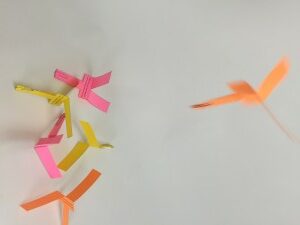
Materials:
- gyrocopter pattern printed on copy paper (template here)
- assorted papers (card stock, construction paper, tissue paper, etc)
- scissor
- paper clips
- yardstick or tape measure
- stop watch or watch with second hand
- crayons or markers (optional)
Testable Question:
How long does it take for the gyrocopter to fall from a predetermined height?
Have your students construct a basic gyrocopter using this template. Decide on a test height that would give accurate drop time results. Discuss conditions to avoid (such as testing outside or in windy conditions where you cannot control certain variables). In collecting their data, have your students conduct at least three separate drops using the same gyrocopter, keeping track of each fall time. Then average their fall times to use in the next step.
After your students have answered that basic question, add these additional questions: What can you do to alter the time it takes for your gyrocopter to fall? How would you design your gyrocopter differently? What is the relationship between each variable and the time it takes for the gyrocopter to reach the ground? Which design gave you the longest fall time?
Possible Variables:
- type of paper used to build the gyrocopter (copy paper vs. card stock)
- angle of the blades
- holes in the blades vs. solid blades
- length or width of the blades
- shape of the blades
- weight added to the gyrocopter
Evaluation:
Have your students evaluate their design to determine which variables gave them the best results.
Extension:
To take your lesson to the next level, you can introduce items like Balloon Helicopters, SnapCopters, HandCopters, and Aero Copters, all available from Educational Innovations.
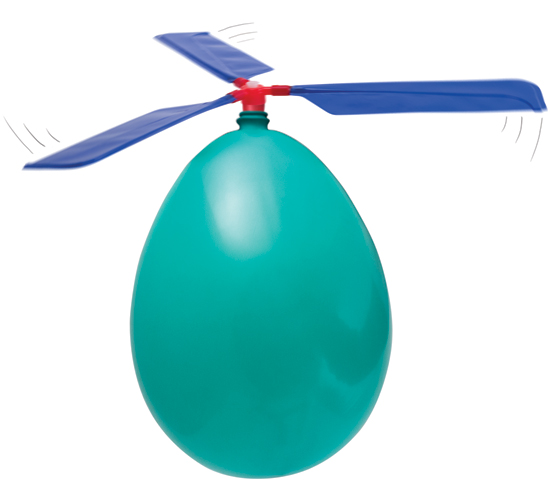
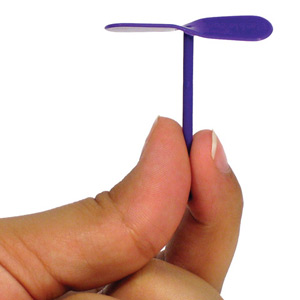
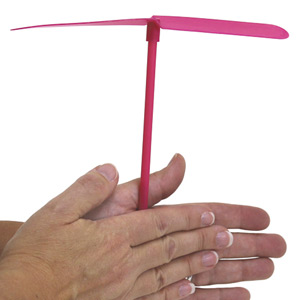
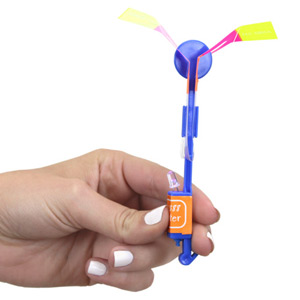
I would be great if there was a data tracking sheet with this to record each result on multiple attempts.
I’m still learning from you, as I’m trying to reach my goals. I definitely enjoy reading everything that is written on your site.Keep the posts coming. I enjoyed it!